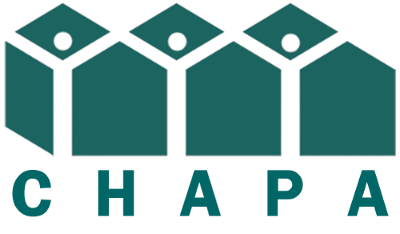Introduction Excerpt:
For most of the past 40 years, efforts to promote housing and school integration have proceeded along separate tracks. In the education sphere, we’ve seen the mandatory student assignment plans of the desegregation era gradually replaced by less direct approaches to achieve integration, including redistricting, controlled choice plans, creative school siting and boundary drawing, socioeconomic assignment plans, interdistrict transfer programs from city to suburb, and both intra- and inter-district magnet schools.
In the housing field, we have seen similar approaches: “site and neighborhood standards” guiding location of new low income housing development, inclusionary zoning and housing programs to encourage or require affordable housing within market rate housing developments, tenant selection guidelines to prohibit discriminatory admissions practices, affirmative marketing to attract a diverse applicant pool, and housing mobility programs for Section 8 voucher holders.
We are hopeful that the “silos” between education and housing policy are starting to break down, at least at the federal level. For example, last year, the Department of Education and HUD began to collaborate on a “Neighborhood RevitalizationWorking Group,” focused on linking HUD’s new “Choice Neighborhoods” initiative and the “Promise Neighborhoods” program, modeled on the Harlem Children’s Zone education program. And one of HUD’s signature new initiatives, the Sustainable Communities Initiative, is coordinating regional housing and transportation planning for the first time since the early 1970s.
